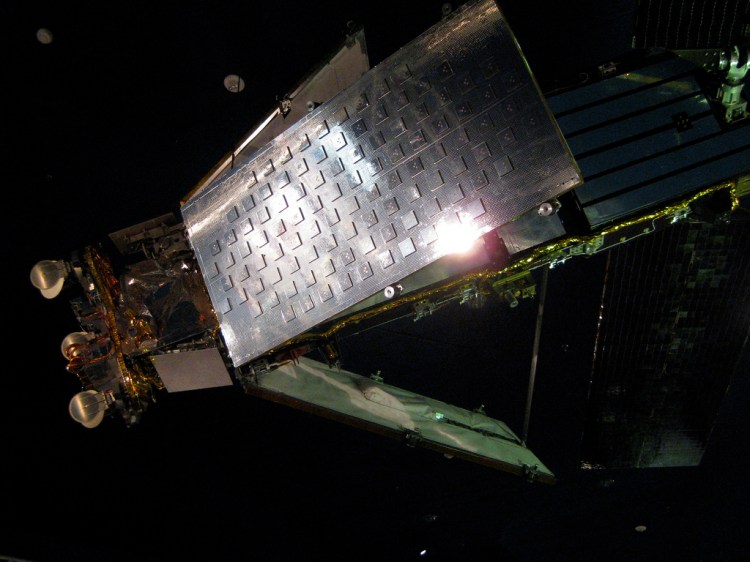Not content with driverless cars, mobile platforms, or its Internet-dominating search engine, Google is now planning to connect the unconnected parts of the world with small satellites.
According to a story in yesterday’s Wall Street Journal, the tech giant will spend between $1 and $3 billion to build, launch, and manage 180 small, high-capacity satellites that will be placed into orbits lower than traditional satellites. Citing “people familiar with the project,” the paper said the venture is being led by Greg Wyler, who previously founded Google-backed satellite communications firm O3b Networks, and is already staffed by 10 to 20 people.
“[Google] is going to have to thread the needle to be successful,” Current Analysis telecommunications analyst Brian Washburn told VentureBeat.
He pointed to several notable failures in the satellite-Internet-services space, including Iridium and Teledesic, in which “the original investors lost their shirts.”
“The difference now is that [you can make] extremely light, cheap, more powerful satellites,” he said, “but they are still awfully expensive to launch.”
Washburn said that, even launching 40 at a time, you then have to position them, and that requires maneuvering rockets, which adds weight and cost.
“Then there’s the limited lifespan of five to six years before they plummet down to earth,” he noted. “Ten years if you’re lucky, but by then your battery has run out, unless you add solar, which adds weight.”
Plus there’s the issue of whether Google can find sufficient revenue sources in these underserved, developing markets.
Like Facebook and other companies, Google has expressed its intention on many occasions to help connect the unconnected parts of the globe to the Net. The number of 180 satellites could be merely the starting point of an orbital fleet, plus Google may intend to complement its satellite network with other means, such as balloons from its Project Loon or more conventional drones.
Washburn said that balloons and drones could help provide service, but they also come with tradeoffs, like limited coverage for drones and limited control for balloons.
“A business case [for a sky-based Net network] is possible,” he said, “but it’s awfully difficult to make it work.”
When asked to comment on the Journal story, Google provided us with this statement:
Internet connectivity significantly improves people’s lives. Yet two thirds of the world have no access at all. It’s why we’re so focused on new technologies—from Project Loon to Titan Aerospace—that have the potential to bring hundreds of millions more people online in the coming years.
Via The Wall Street Journal
VentureBeat's mission is to be a digital town square for technical decision-makers to gain knowledge about transformative enterprise technology and transact. Learn More

